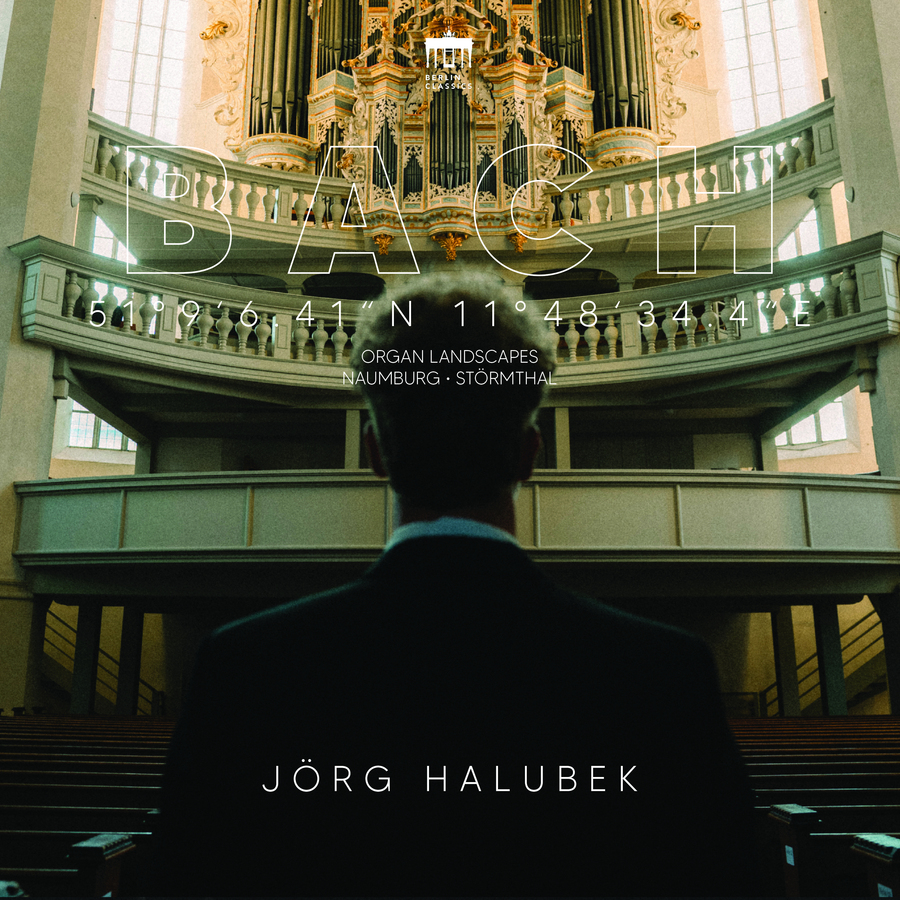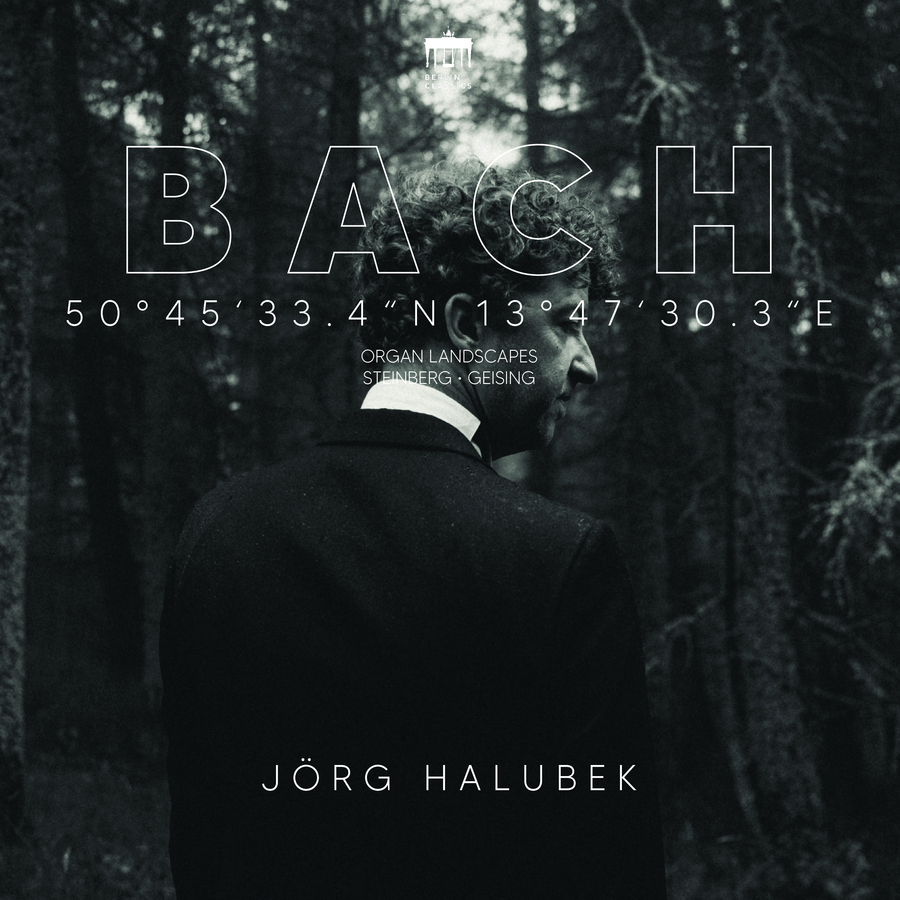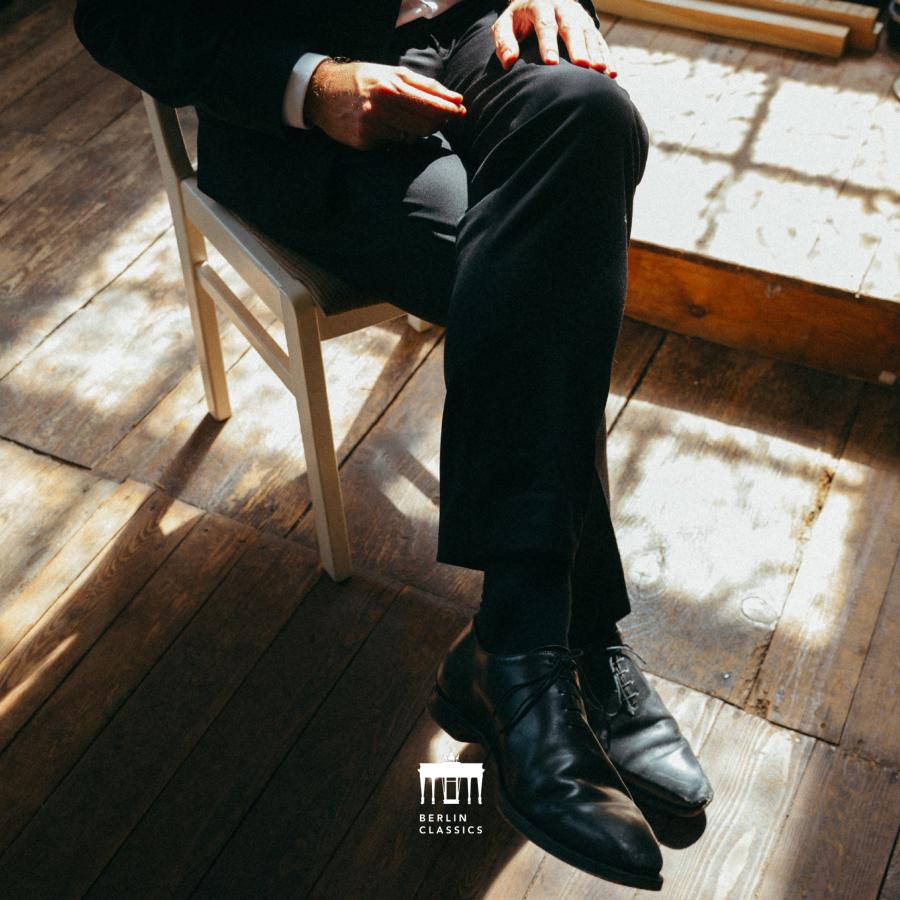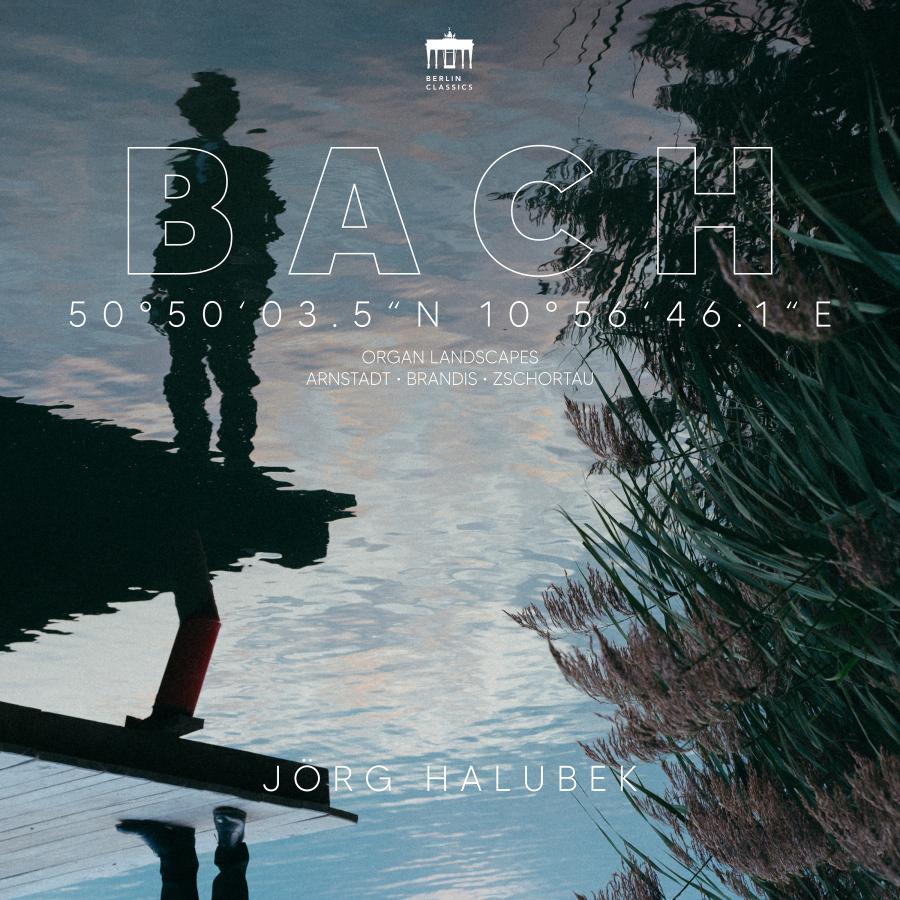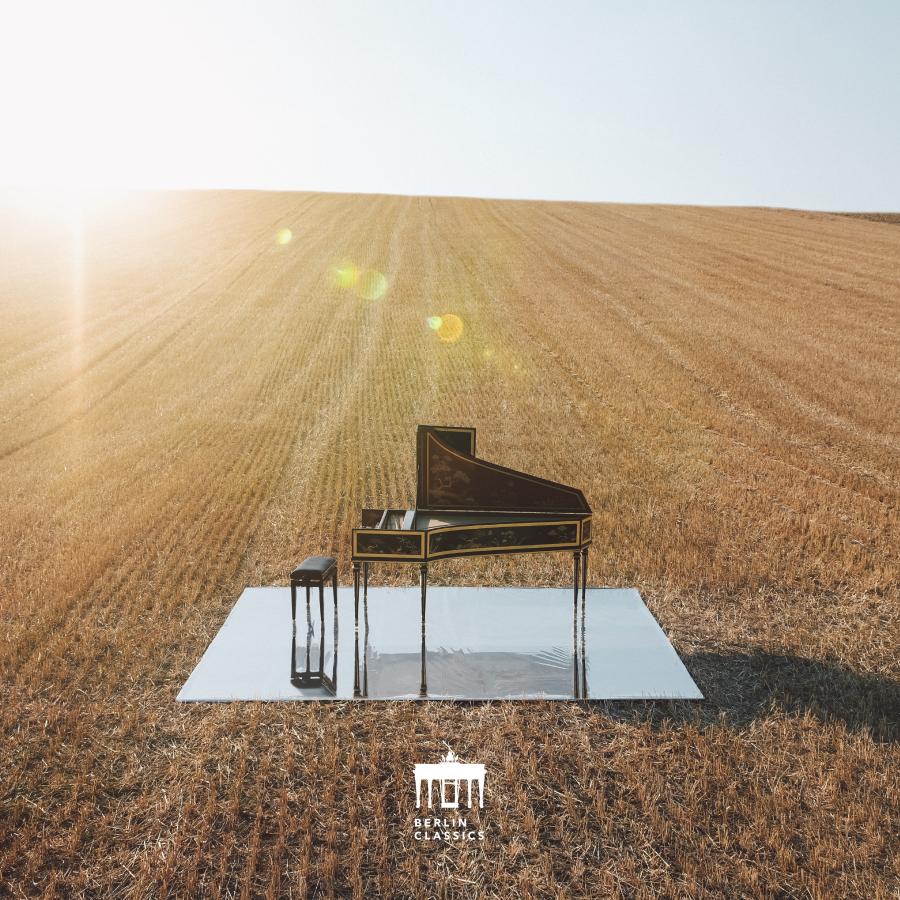Il Gusto Barocco approaches Johann Sebastian Bach’s suites and concertos from a contemporary and at the same time historically informed perspective. On their new album “Suite & Concertos”, Jörg Halubek and the early music specialists of Il Gusto Barocco take a look at Bach’s activities in the Zimmermann coffee house in Leipzig. They are not reconstructing an actual programme, but testing how the spirit of the musical gatherings in the circle of family, relatives and students can be transferred to our modern times. “We want to take a more modern look at Bach, who today is mainly seen as a strict church composer. For us, it’s about the communicative side turned towards people,” says ensemble leader and harpsichordist Jörg Halubek.
The cello, which is slowly emerging from its basso continuo shadow in Baroque music, leads the way through the programme with Bach’s third cello suite. The solo concertos inserted between the suite movements extend the individual focus to the group. The tendency in concert practice to preserve the inviolability of such a cherished work is here afforded a historically-informed approach accessed simultaneously through the eyes and ears of a modern musician. We do after all know, from contemporary sources from Bach’s time, that instrumental works were not always played in their entirety. The forthcoming albums in this series, featuring new recordings and released to mark Bach’s birthday, which began last year with the recording of the Brandenburg Concertos, should be afforded a musical presenter. The aim is to spotlight the soloistic qualities of the individual musicians who together form the ensemble overall, while also maintaining their individuality. In the concertos chosen for this programme the orchestra plays more than just an accompanying role. “This sort of appreciation of music suits the way we rehearse and perform very well,” says Jörg Halubek, giving insight into how the ensemble works. “The interpretation is born out of a process of mutual listening.” This is evident for example in the slow movement of the Violin Concerto, where the viola part takes over the musical leadership.
This has shed light on some interesting findings with regard to the very varied compilation of solo and double concertos. Know-how and thorough study of the sources form the basis for a process of preparation aimed at defining where liberties can be taken, and there is never just one single solution at the end of such a process. The sheet music is simply the point of departure. “We know that when it comes to Bach’s music, what he wrote down on paper is merely an outline. In the slow movements in particular the soloist was able to step to the fore by employing embellishments,” Jörg Halubek explains. “People used to criticise the fact that Bach gave performers no space for their own embellishments, because he had written so much down himself.” Nowadays, he has a different take on the score. “At most Bach prescribes forte and piano, occasionally inserting a slur, nothing more. There is no strict phrasing. That does not mean however, that such means of expression, of which Bach’s contemporaries were well aware, were not used. We just have to work them out for ourselves in the present day.”
Ultimately it becomes clear that a modern and a historically-informed reading of a work need not be diametrically opposed. On the contrary: today, just as in Bach’s time, the sheet music is merely the starting point; the music becomes real when it is played. In order to achieve new perspectives, we need people who have the courage to experiment and assess their results. Music can be reinterpreted and the results of such experiments may well diverge from listeners’ familiar experience. “There are many fields of historically-informed performance practice that have not even been addressed. Some opportunities offered by the sources available have never even been recorded. I see it as our task to present something new.”
Bach: Suite & Concertos Jörg Halubek & Il Gusto Barocco
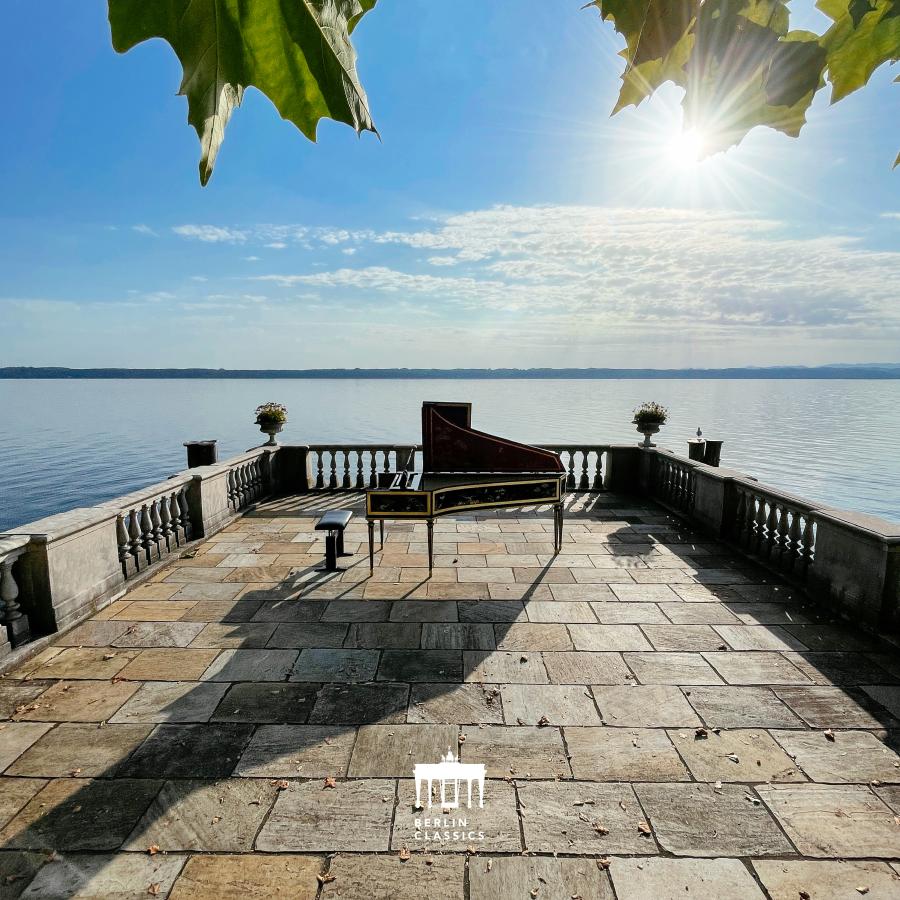
Composer

Further information
Genre
Barock
Konzert / Soloinstrument mit Orchester
Publication date
18.03.2022
Il Gusto Barocco approaches Johann Sebastian Bach's suites and concertos from a contemporary and at the same time historically informed perspective. On their new album "Suite & Concertos", Jörg Halubek and the early music specialists of Il Gusto Barocco take a look at Bach's activities in the Zimmermann coffee house in Leipzig. They are not reconstructing an actual programme, but testing how the spirit of the musical gatherings in the circle of family, relatives and students can be transferred to our modern times. "We want to take a more modern look at Bach, who today is mainly seen as a strict church composer. For us, it's about the communicative side turned towards people," says ensemble leader and harpsichordist Jörg Halubek.
The cello, which is slowly emerging from its basso continuo shadow in Baroque music, leads the way through the programme with Bach's third cello suite. The solo concertos inserted between the suite movements extend the individual focus to the group. The tendency in concert practice to preserve the inviolability of such a cherished work is here afforded a historically-informed approach accessed simultaneously through the eyes and ears of a modern musician. We do after all know, from contemporary sources from Bach’s time, that instrumental works were not always played in their entirety. The forthcoming albums in this series, featuring new recordings and released to mark Bach’s birthday, which began last year with the recording of the Brandenburg Concertos, should be afforded a musical presenter. The aim is to spotlight the soloistic qualities of the individual musicians who together form the ensemble overall, while also maintaining their individuality. In the concertos chosen for this programme the orchestra plays more than just an accompanying role. “This sort of appreciation of music suits the way we rehearse and perform very well,” says Jörg Halubek, giving insight into how the ensemble works. “The interpretation is born out of a process of mutual listening.” This is evident for example in the slow movement of the Violin Concerto, where the viola part takes over the musical leadership.
This has shed light on some interesting findings with regard to the very varied compilation of solo and double concertos. Know-how and thorough study of the sources form the basis for a process of preparation aimed at defining where liberties can be taken, and there is never just one single solution at the end of such a process. The sheet music is simply the point of departure. “We know that when it comes to Bach’s music, what he wrote down on paper is merely an outline. In the slow movements in particular the soloist was able to step to the fore by employing embellishments,” Jörg Halubek explains. “People used to criticise the fact that Bach gave performers no space for their own embellishments, because he had written so much down himself.” Nowadays, he has a different take on the score. “At most Bach prescribes forte and piano, occasionally inserting a slur, nothing more. There is no strict phrasing. That does not mean however, that such means of expression, of which Bach’s contemporaries were well aware, were not used. We just have to work them out for ourselves in the present day.”
Ultimately it becomes clear that a modern and a historically-informed reading of a work need not be diametrically opposed. On the contrary: today, just as in Bach’s time, the sheet music is merely the starting point; the music becomes real when it is played. In order to achieve new perspectives, we need people who have the courage to experiment and assess their results. Music can be reinterpreted and the results of such experiments may well diverge from listeners’ familiar experience. “There are many fields of historically-informed performance practice that have not even been addressed. Some opportunities offered by the sources available have never even been recorded. I see it as our task to present something new.”
Tracklist - These are the tracks you will hear on the album
Bach: Suite & Concertos
Jörg Halubek & Il Gusto Barocco
1
I. Prelude
2
I. -
3
II. Andante
4
III. Allegro assai
5
II. Allemande
6
III. Courante
7
I. -
8
II. Adagio e piano sempre
9
III. Allegro
10
IV. Sarabande
11
I. Allegro
12
II. Largo ovvero Adagio
13
III. Allegro
14
V. Bourée I + II
15
I. Vivace
16
II. Largo ma non tanto
17
III. Allegro
18
VI. Gigue











